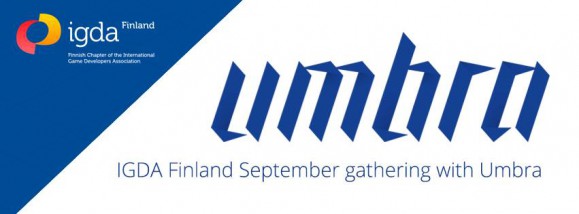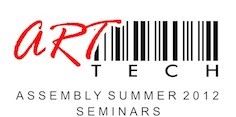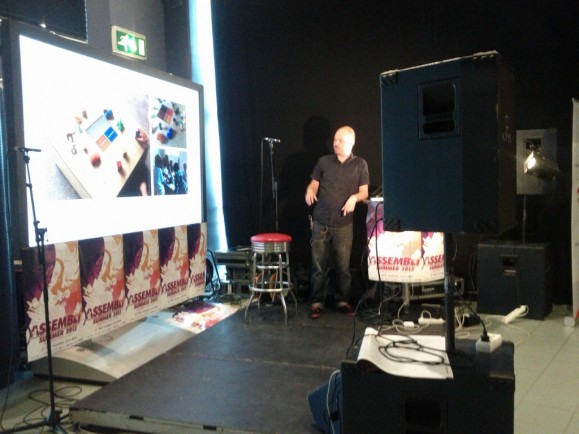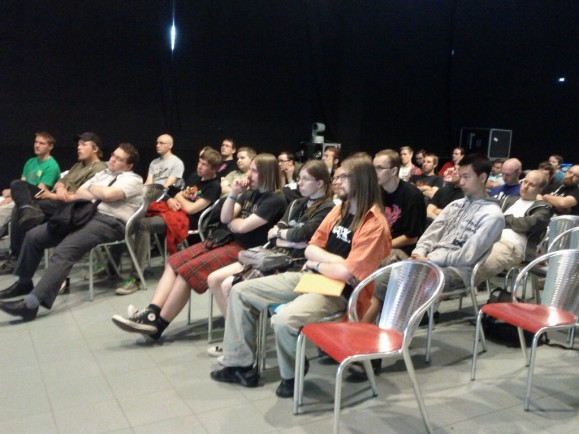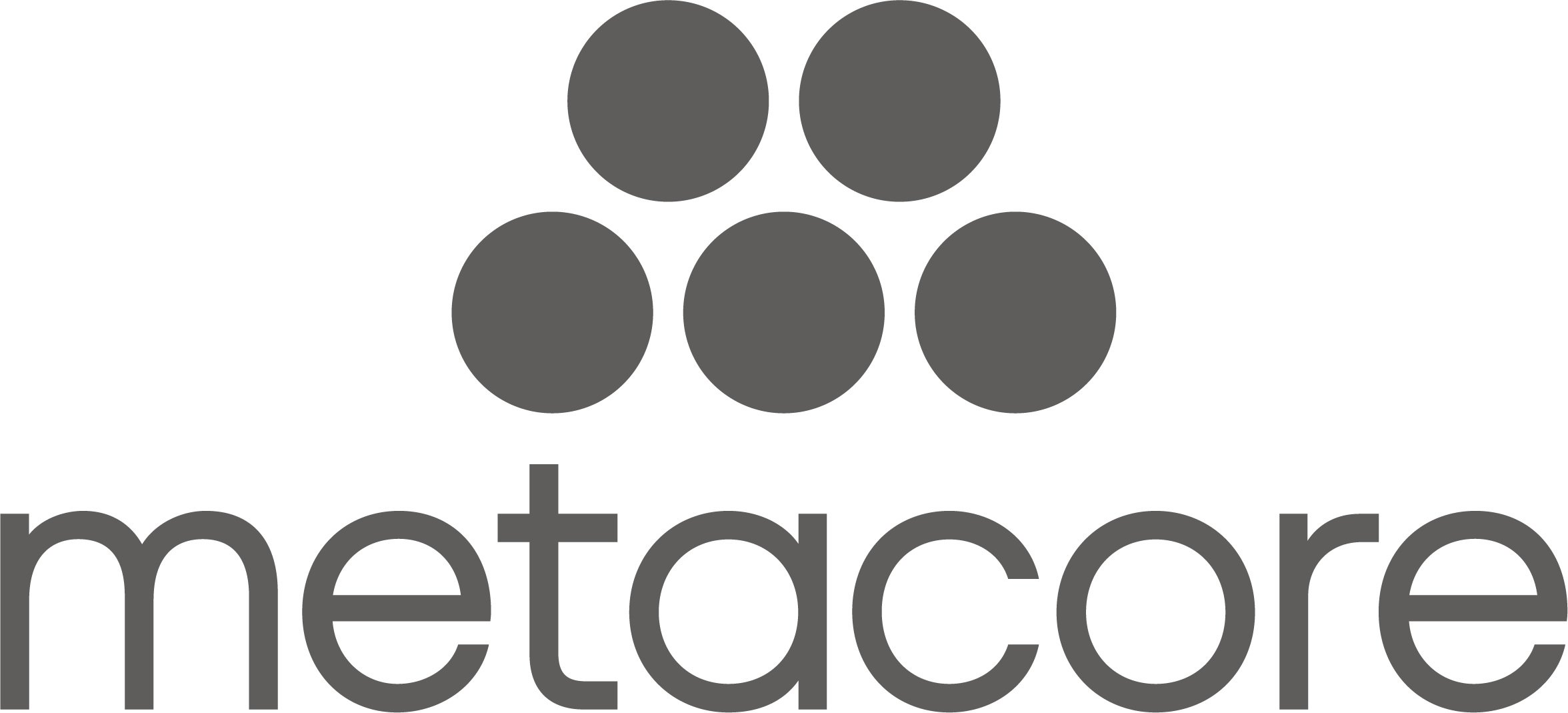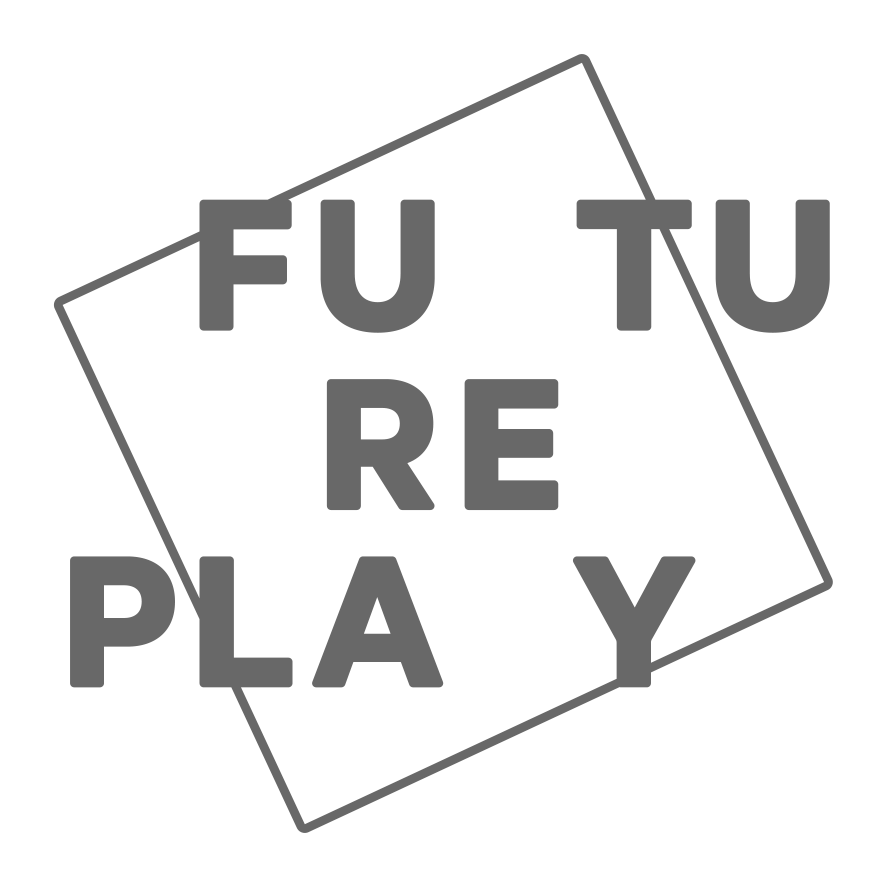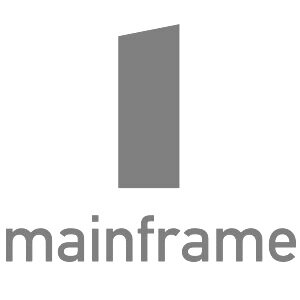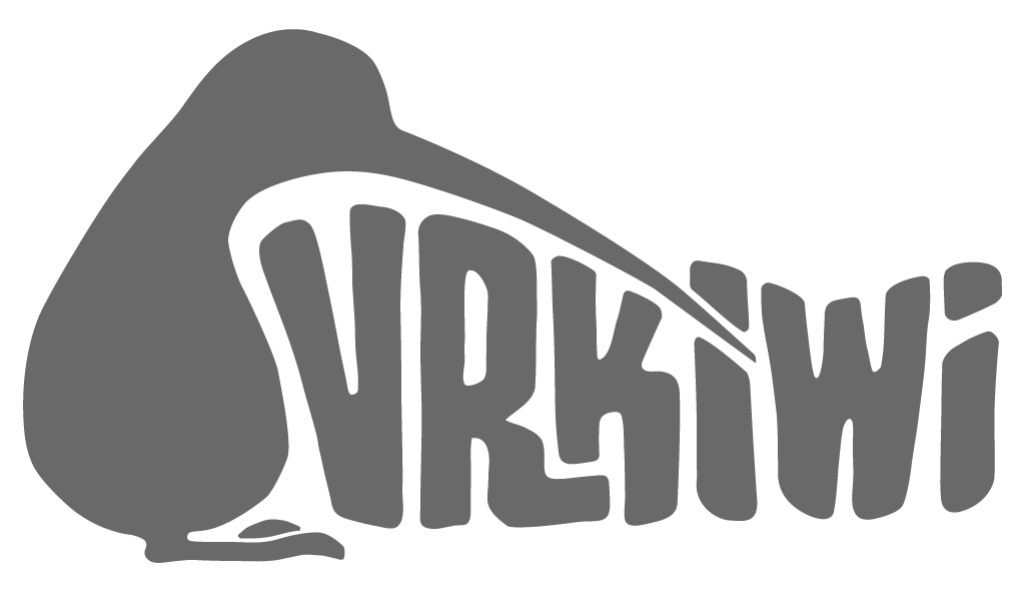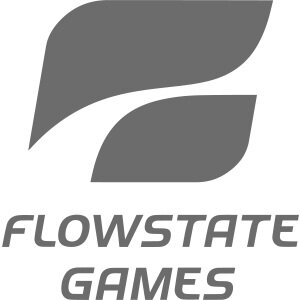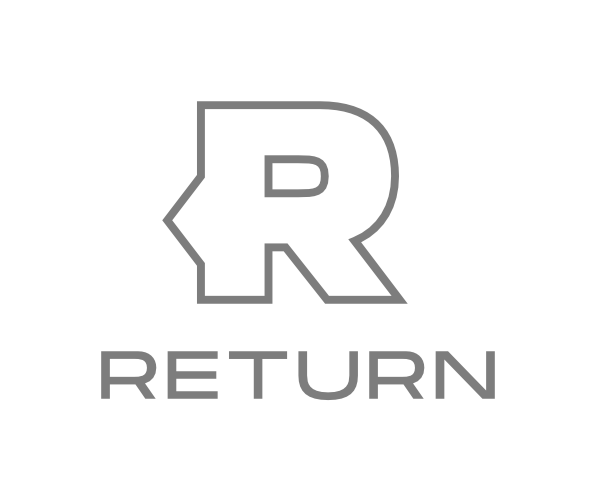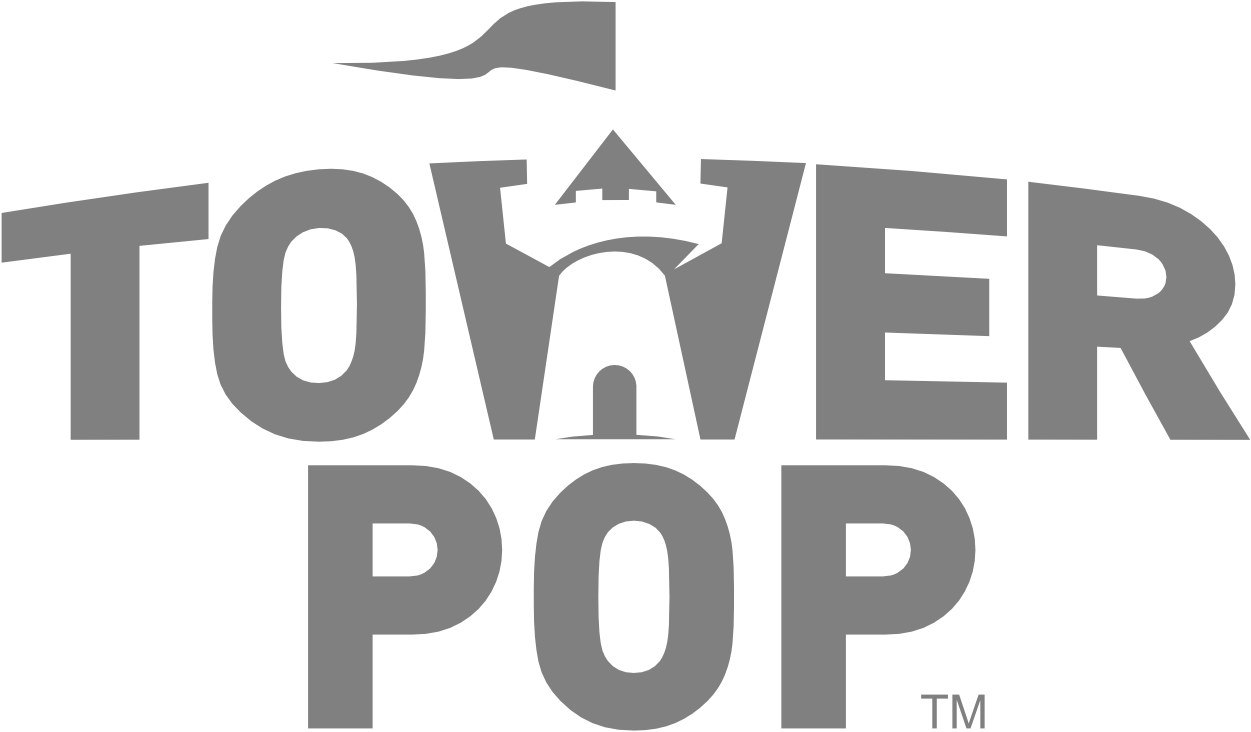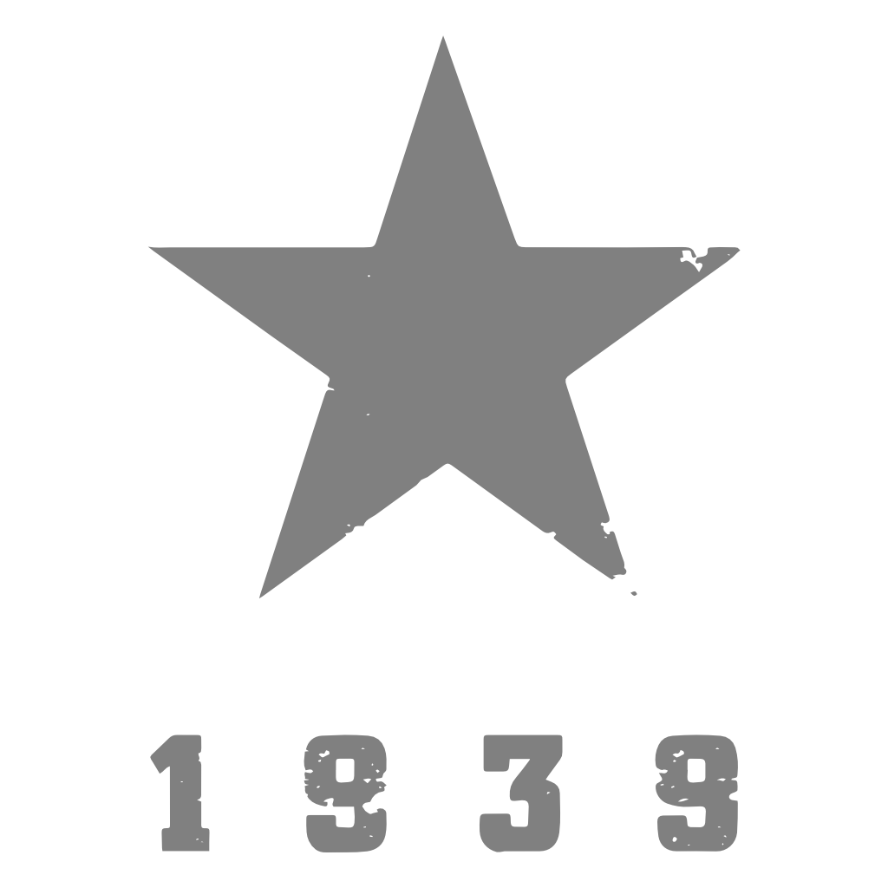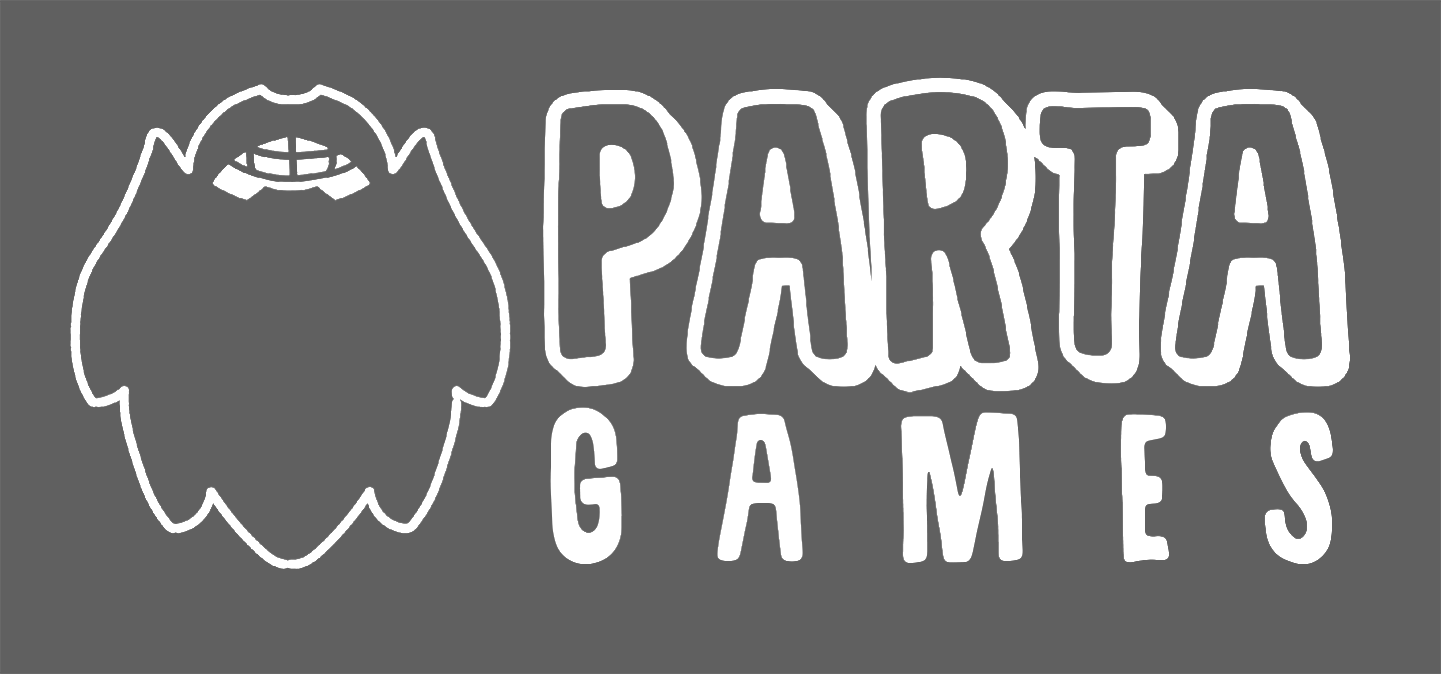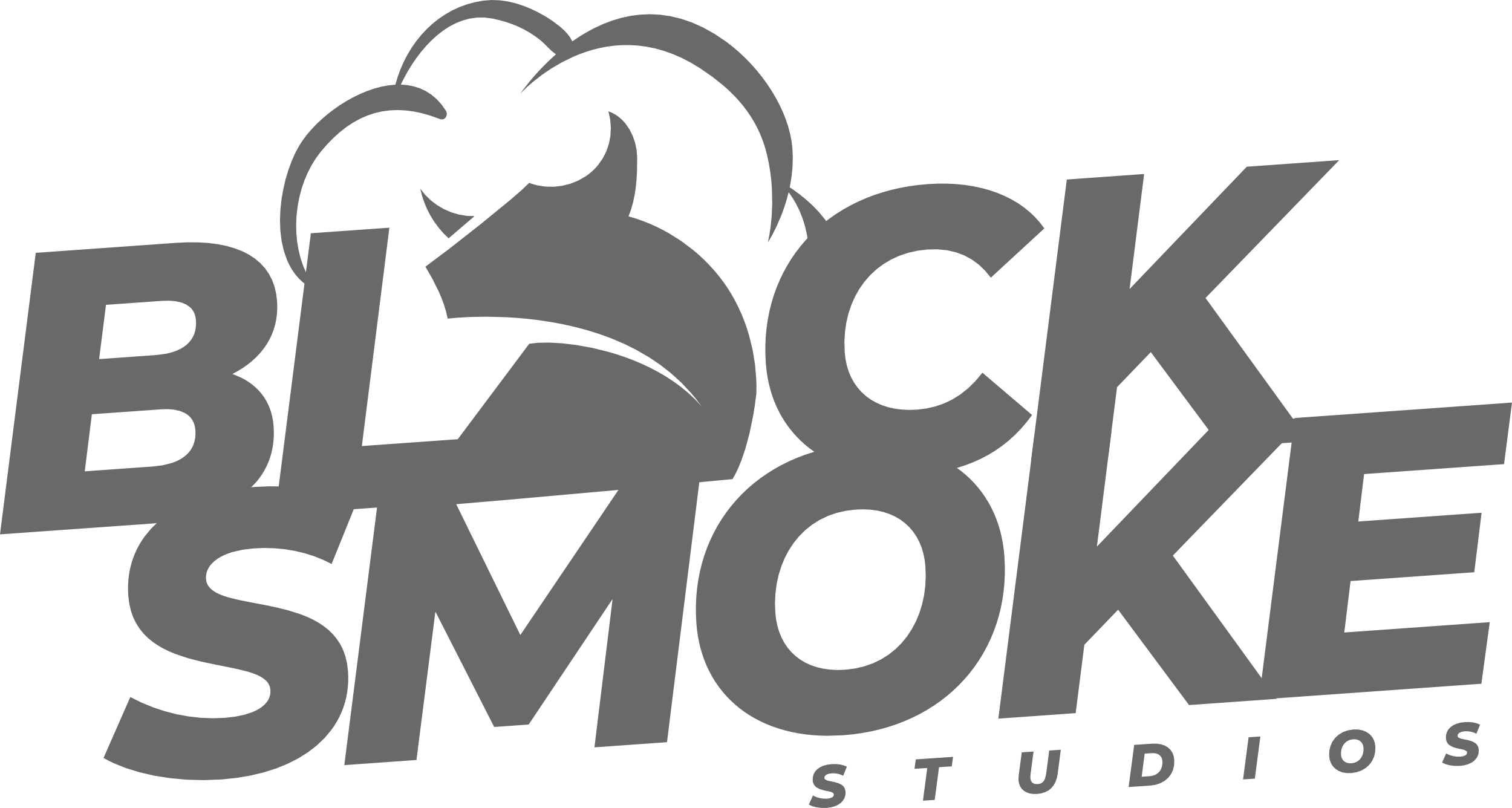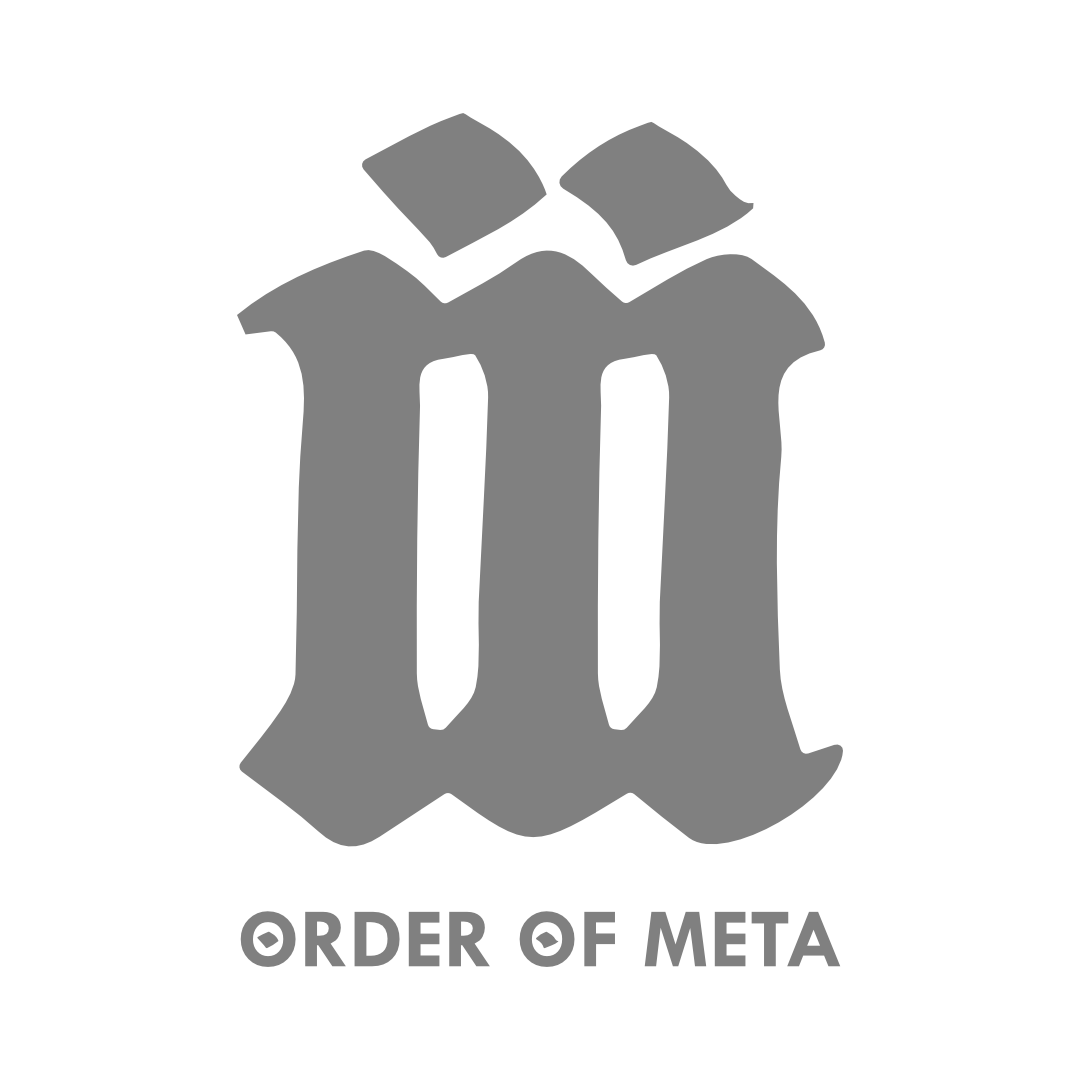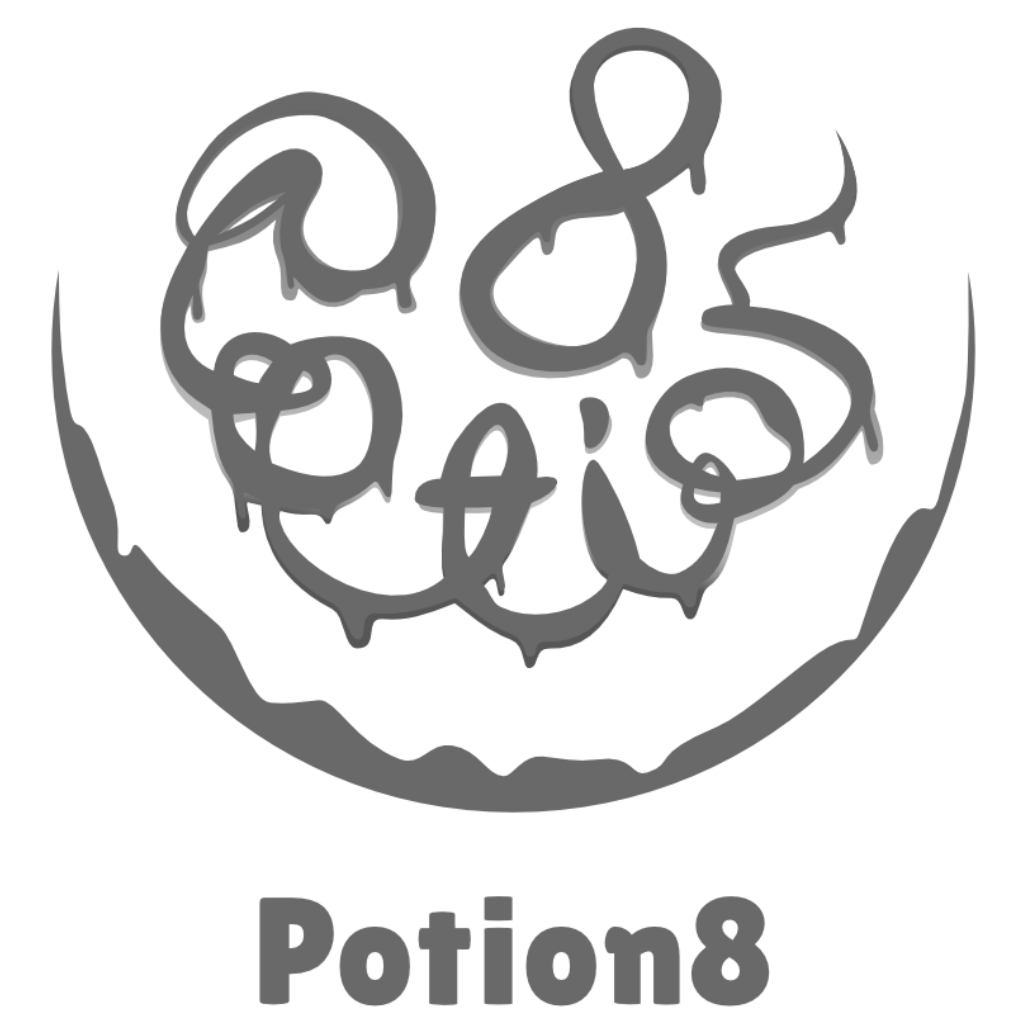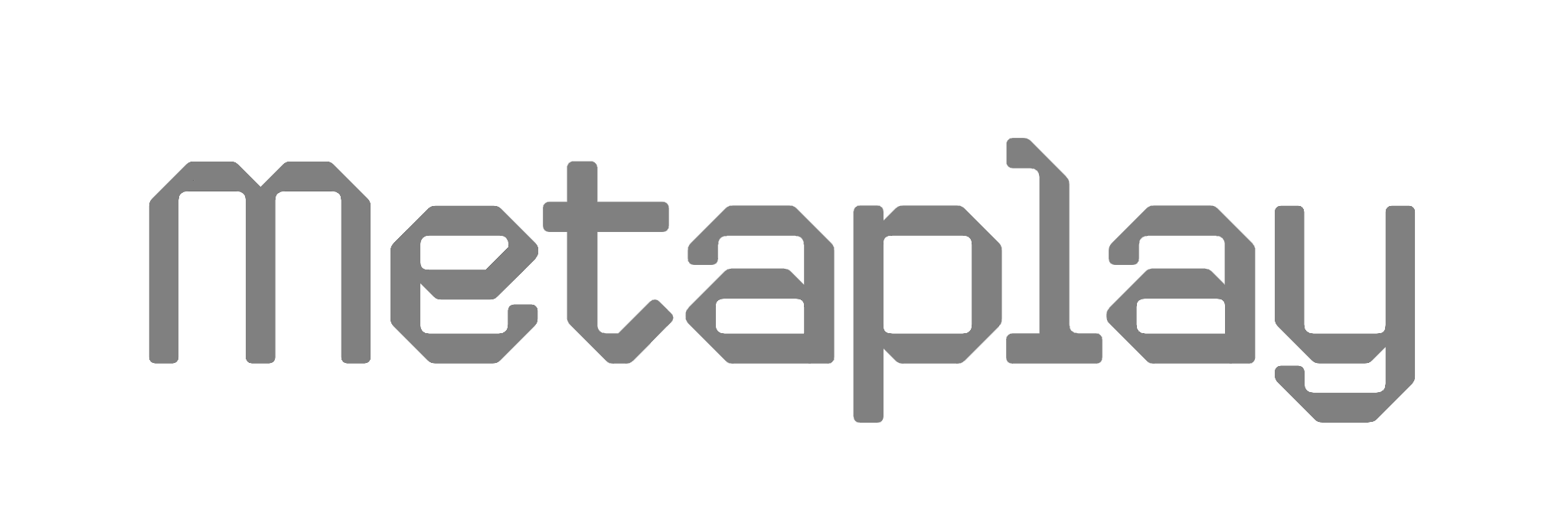Umbra Ignite & IGDA Finland September Gathering with Umbra
/The September seminar and gathering were sponsored by Umbra, and what a day it was! We had an amazing seminar for the whole day with mind-blowing presentations about some of the latest ideas, trends, research and innovations in the industry. Here we want to share a few moments from that day with you:
It was morning and the seminar space was almost ready.
[singlepic id=1108 w= h= float=center]
Finally the doors were open!
[singlepic id=1113 w= h= float=center]
The seminar space was full and it was time for words of welcome from Umbra.
[singlepic id=1121 w= h= float=center]
The seminar started with a presentation by Rulon Raymond, Sr. Engine Programmer from Infinity Ward.
[singlepic id=1126 w= h= float=center]
Raymond talked about skinning and the evolution of the hardware of consoles, and how skinning should or should not be technically implemented. He identified problems in skinning such as “candy wrapper effect” (means that a joint is bending when animating) and "flat ass syndrome". Raymond then presented different technical solutions for the problem, such as GPU friendly Dual Quaternion Blend skinning. At the end Raymond reminded the audience that “Skinning is not a solved problem”.
Next on stage was Graham Wihlidal, Sr. Rendering Engineer from Frostbite.
[singlepic id=1129 w= h= float=center]
Wihlidal presented Frostbite engine and the challenges that different usage, platforms and genres produce and how the team found solutions. Wihlidal told that at Frostbite each team can decide what features will be implemented and how this customizability keeps the performance good because only important parts are kept. Frostbite’s solution is to have the engine close to the hardware which makes it easier to work with and increases the quality.
Next in the spotlight were Remy Chinchilla and Kevin Cerdà from Tequila Works.
[singlepic id=1135 w= h= float=center]
Chinchilla and Cerdà presented AAA production tips and solutions for indie studios. They talked about combining creativity with business. The freedom of creativity is the most important thing, but the producer has to be able to recognize the important features for the project and prioritize the implementation. Creative chaos in organization doesn’t make a game and Chinchilla and Cerdà told it’s important to move to production and to learn to close things. They talked also about how recognizing the abilities that each member of the team has and how letting them use their skills leads to a better working environment. And they reminded how a studio should always plan ahead their problems.
Then Jérémy Virga from Arkane Studios came on stage.
[singlepic id=1143 w= h= float=center]
Virga presented Dishonored 2 rendering and engine architecture. He told about their rendering pipeline and that they wanted to move towards multithreaded game logic and rendering. Virga explained how pipeline changes to multitasking makes the organizing of the data more difficult, but they found many benefits for the change. They split the render loop which saved duration time and gave good results and they still continue to evolve their engine.
Next up on stage were Thor Gunnarsson and S. Reynir Hardarson from Sólfar studios.
[singlepic id=1151 w= h= float=center]
Gunnarsson and Hardarson presented their virtual reality AAA game studio. They talked about VR challenges and their design principles for a good virtual reality game. Virtual reality performance requirements need resources that will easily lead to major compromises in implementation and that is when a strong artistic and technical knowledge are very necessary skills. Gunnarsson and Hardarson endorsed the future of small agile teams that have no room for egoism, but many responsibilities and strong participation which all creates greater work satisfaction.
Then it was time for the presentation by Balázs Török, Lead Engine Programmer from CDProjekt RED.
[singlepic id=1156 w= h= float=center]
Török talked about memory management in open world games and the challenges and what solutions they found while making Witcher 3. Török talked about GPU pool defragmenting and how they made three iterations to the engine. First they tested CPU memcopy but decided they can do better. The second iteration was a compute shader, but they still weren’t satisfied and made the third iteration: DMA engine.
The last presentation was by Alex Evans from Media Molecule.
[singlepic id=1158 w= h= float=center]
Evans talked about their journey and technical challenges when they were developing a new game engine for their new game Dreams on Sony PlayStation. Media Molecule presented Dreams engine at Siggraph this year. They made four versions that evolved from polygons to voxels and then to froxels and finally to splashes in cooperation with art director and artists to test and find the final visual style. Creative minds put together resulted in an amazing outcome.
After the mind-blowing seminar the attendees got some special treats and drinks before the doors were opened for the monthly gathering. Umbra sponsored also the gathering which continued until the late night...
Thank you Umbra for the exciting day! And thank you Circus for the good service! Stay cool and awesome and see You in October!
Photos by Janne Karvinen.


